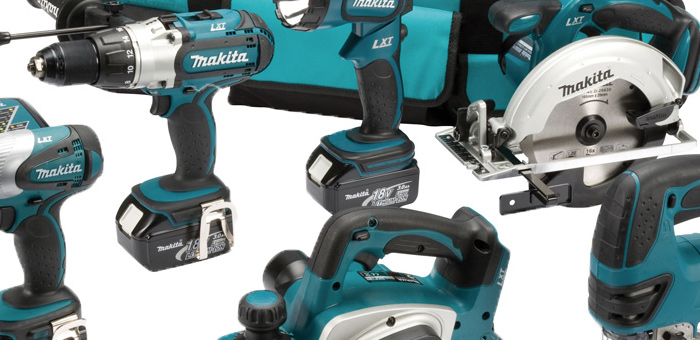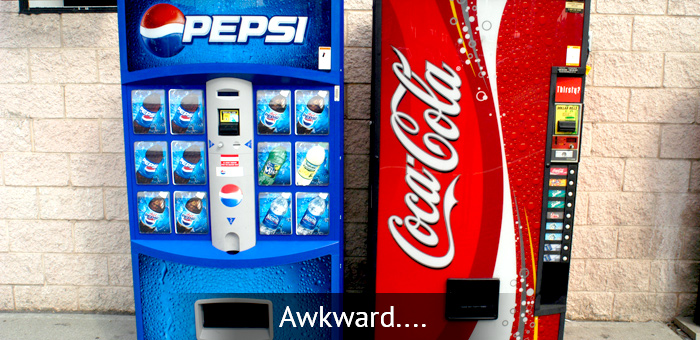
The power of branding surrounds us on a constant basis. Quickly, can you guess what company’s logo this is? If you guessed McDonald’s and identified the image as those well-known, easily-recognizable golden arches, then you have just experienced the power of branding. Why is it that some companies seem to crop up in everyday conversation, while others don’t seem to be as pervasive? When it comes to establishing and maintaining a brand’s identity, nothing does more than the proper application of Visual Brand Language.
Visual Brand Language (or VBL) is a term that refers to utilizing similar design characteristics throughout an entire line of products, giving consumers the impression that they belong to the same product family. Take, for example, a random assortment of 10 adults. Nothing special, at least initially. Now, give them all the same style of jerseys, and you have a dominating basketball team playing for the intramural championship. This is a relevant, albeit crude, representation of how the concept of visual brand language works. By incorporating design elements within a set of products that make visual, functional, and tactile references to one another, what once could be considered a random assortment of power tools now becomes a powerful, influential brand line representing a message of quality, efficiency, and strength.

If one were to take any major brand and begin to explore their strategy from conception to the present, they would begin to see how the company’s message and philosophy is represented in the products that they create. Lexus advertises luxury when it comes to their cars. Ford advertises dependability. Scion advertises uniqueness and individuality. Each major brand uses Visual Brand Language not only in the products that they create but all the way through their entire company, even to their logos. If you were to walk into a Starbucks without seeing the sign outside, there would be no doubt that you would be able to immediately identify where you were. The colors, atmosphere, graphic style, layout, materials, uniforms, menus – everything contributes to the perception of a brand.
How does this relate to your business? Well, just try to compete with Apple and you’ll see what this translates to. In creating a consistent message and emulating it throughout your products, a loyal fan base will begin to appear. One major example is the vehement debate of which cola is better – Pepsi, or Coke. Those loyal to Pepsi will continue to buy Pepsi as well as ancillary Pepsi products just (in some cases) to spite the competing brand, while the same is true vice versa. Those devoted to a brand provide a steady and reliable stream of revenue. How do such large companies become so popular and achieve such a large, faithful following? They had a quality product, understood the message they wanted to convey early on, and worked to ensure that every product they put forth was consistent and well thought out. Quick, what color is a Coca Cola can? If you didn’t hesitate to say red, then that should provide an adequate demonstration of how powerful a brand’s identity can be.

Visual Brand Language should be a major part of your company’s design philosophy. In creating a consistent identity, people will begin to recognize products and remember your company’s name. Oversaturation of the market means that many products can get lost in the shuffle; by working to create a comprehensive family design, a consistent message now begins to take shape. A blow-dryer and a clothes iron may not have much in common, but when designed to refer back to the company and its overarching message through the use of VBL, have now been infused with perceived quality and status.
This takes strategy and a lot of planning. Materials, finishes, functionality, colors, shapes, form…the list goes on. Have a plan from the start, and try to determine the best way to demonstrate your brand’s worth to the world through the proper usage of Visual Brand Language. Be consistent, be seen, be recognized, stand out. And most importantly – be successful!
